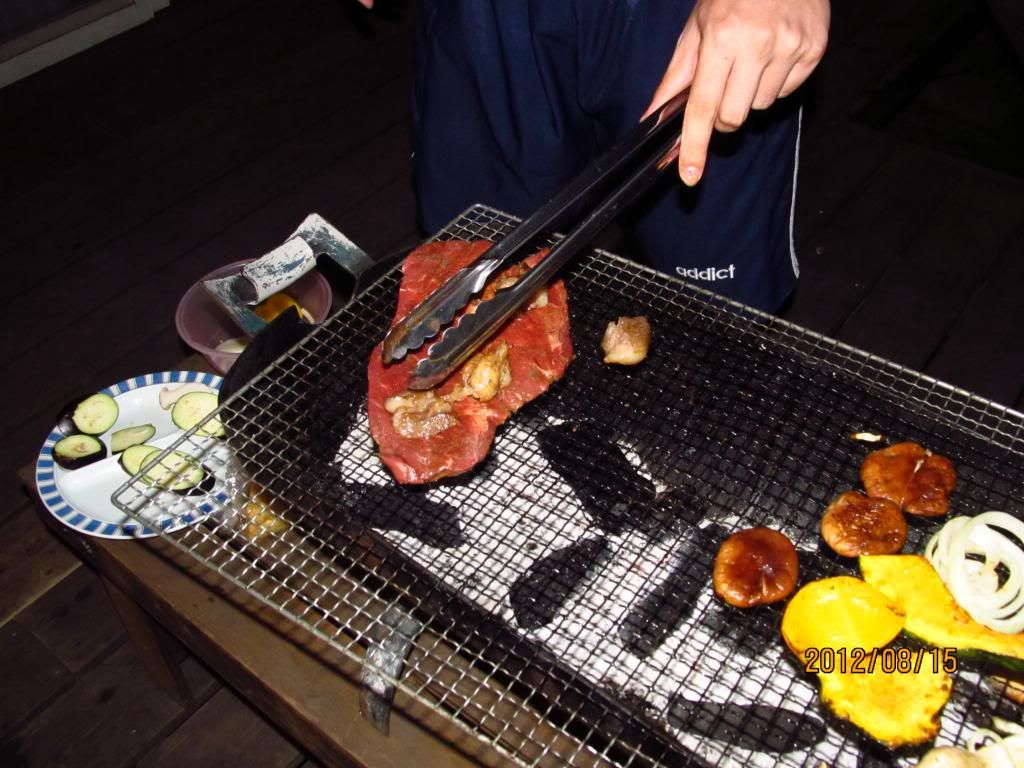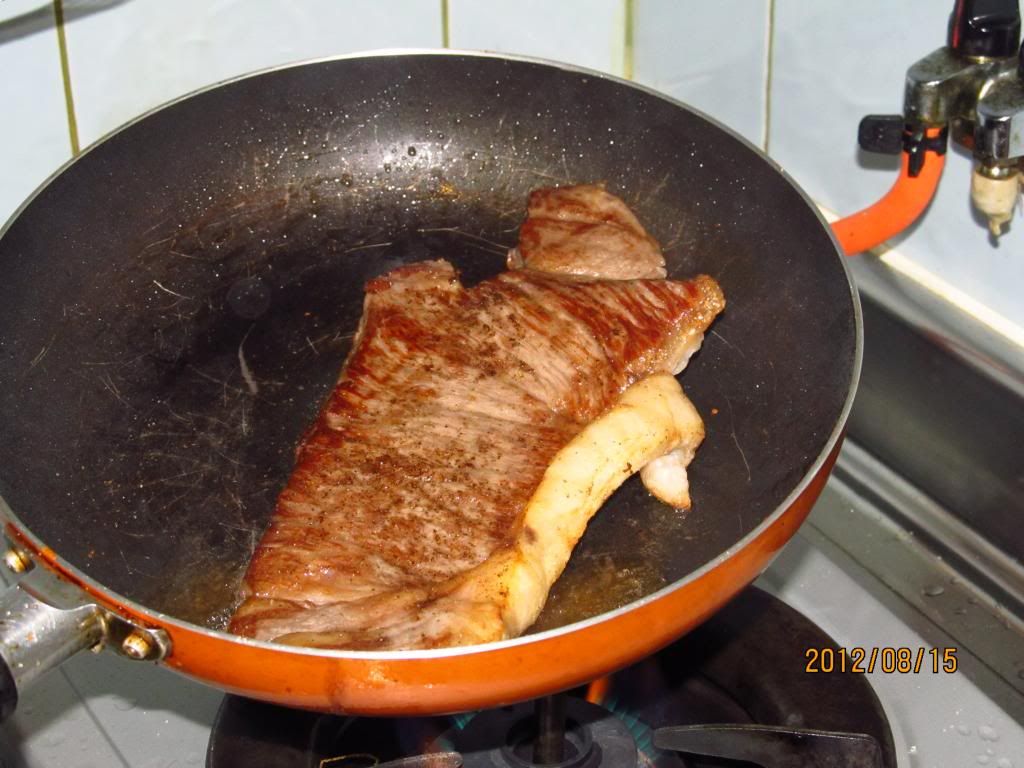Kinwashi Tour Japan Thread
-
Red Wagyu are also known as Akaushi and Kumamoto Red's. Their origin is in Kumamoto Japan which is located in the middle of Kyushu island. In 1976 two Akaushi (Kumamoto red) bulls were imported into the US by Morris Whitney. They were Rueshaw (Japanese Akaushi National Champion) and Judo. A second shipment in 1994 included Shigemaru, Tamamaru, Hikari and 9 females. Koke Next Step was sired by Shigemaru and out of Englewood Miss 801 E who was sired by Rueshaw. Our Hikaru bull is out of Koke Next Step and sired by Hikari. Umemaru 31U is also out of Koke Next Step, sired by Umemaru who was sired by Hikari and out of Kaedemaru. Kaedemaru is out of Dai 3 Namiaki which is one of the 9 females imported in 1994.Red Wagyu contain a higher amount of monounsaturated fat than saturated fat which can lead to lower cholesterol and improved heart health, just like the black Wagyu. They have more marbling than other breeds of cattle, which gives you that tender, juicy, buttery-flavored beef that you just can't find anywhere else.In Japan, cattle breeds are divided into two kinds. The first is dairy cattle, which include Holsteins and Jerseys and the second are referred to as Wagyu. There are four breeds of Wagyu cattle, Akaushi (reds), Kryoshi (blacks), Japanese Polled and Japanese Shorthorn.All of our red Wagyu are 99.22% purebred and since they are a "different type" of Wagyu they will produce a certain amount of heterosis when bred to black Wagyu.
-
Travel as you Learn.
History of the Breed
Whether it's called Kumamoto Red, Red Wagyu, Japanese Brown, or American Akaushi, the breed of red/brown Wagyu cattle originating from the Kumamoto Island in Japan has been subjected to intense genetic improvement for over 100 years. In Japan, carcass performance, breeding pedigrees and economic data has been collected in an effort to refine and improve the breed. The data has been used to select herd sires and dams and has been used to guide breeding plans for over 50 years.
The Japanese use of quantitative evaluations and a multi-tiered trait selection system has allowed them to breed an extremely uniform and consistent herd of Kumamoto Reds. Accordingly, the cattle from the Kumamoto Island are great grazers, extremely fertile, structurally sound, environmentally diverse, and produce a carcass described as legendary. Whether this breed is produced singularly as a full blood or its semen is used to produce F-1's or composites, the qualities aspired to from over a century of breeding becomes obvious whether it is observed in the field, the feed lot, or the dinner table.
Fortune shined on the American cattle industry when two Kumamoto red bulls arrived from Japan in 1976 and again in 1994 when a small nucleus of bulls and pregnant cows followed them here. The genetics from those two shipments are likely to be the last to ever leave Japan - the Kumamoto Red has been declared a national treasure and it genetics have been prohibited from exportation. Today, there are small populations of Kumamoto Reds in North America, South America, Australasia and a few have even made it to European Community. Every Kumamoto Red outside of Japan owes its existence to the American Cattlemen that orchestrated their importation in 1976 and 1994.
Recently there has been increasing interest in the breed and a few independent breeders have acquired genetics from international locations to produce American Kumamoto Red cattle again. Saranac Oaks Ranch and Kings High Ranch have collaborated to increase the population and after spending 2 years developing feed stocks, we hope to have a full line of genetics available to the American Cattleman in 2013.
-
Travel as you Learn.
History of the Breed
Whether it's called Kumamoto Red, Red Wagyu, Japanese Brown, or American Akaushi, the breed of red/brown Wagyu cattle originating from the Kumamoto Island in Japan has been subjected to intense genetic improvement for over 100 years. In Japan, carcass performance, breeding pedigrees and economic data has been collected in an effort to refine and improve the breed. The data has been used to select herd sires and dams and has been used to guide breeding plans for over 50 years.
The Japanese use of quantitative evaluations and a multi-tiered trait selection system has allowed them to breed an extremely uniform and consistent herd of Kumamoto Reds. Accordingly, the cattle from the Kumamoto Island are great grazers, extremely fertile, structurally sound, environmentally diverse, and produce a carcass described as legendary. Whether this breed is produced singularly as a full blood or its semen is used to produce F-1's or composites, the qualities aspired to from over a century of breeding becomes obvious whether it is observed in the field, the feed lot, or the dinner table.
Fortune shined on the American cattle industry when two Kumamoto red bulls arrived from Japan in 1976 and again in 1994 when a small nucleus of bulls and pregnant cows followed them here. The genetics from those two shipments are likely to be the last to ever leave Japan - the Kumamoto Red has been declared a national treasure and it genetics have been prohibited from exportation. Today, there are small populations of Kumamoto Reds in North America, South America, Australasia and a few have even made it to European Community. Every Kumamoto Red outside of Japan owes its existence to the American Cattlemen that orchestrated their importation in 1976 and 1994.
Recently there has been increasing interest in the breed and a few independent breeders have acquired genetics from international locations to produce American Kumamoto Red cattle again. Saranac Oaks Ranch and Kings High Ranch have collaborated to increase the population and after spending 2 years developing feed stocks, we hope to have a full line of genetics available to the American Cattleman in 2013.
-
Black Wagyu as you know colour, the next time you may ask the one who serve you the steak, what Colour is your Wagyu?

Wagyu Kobe Cattle
The word Wagyu refers to all Japanese cattle ("Wa" means Japanese "gyu" means cattle). This breed that produces Wagyu Kobe Beef, which was named for the city where the Wagyu cattle were first bred 172 years ago. The original import of these cattle to the U.S. in 1976 consisted of two Tottori Black Wagyu and two Kumamoto Red Wagyu bulls. That was the only importation of Wagyu into the U.S. until 1993 when two male and three female Tajima cattle were imported and 1994 when 35 male and female cattle consisting of both red and black genetics reached the U.S. Wagyu were derived from native Asian cattle which were crossed with British and European breeds in the late 1800s. Although the breed was closed to outside bloodlines in 1910, regional isolation has produced a number of different lines with varying conformations:
Tajima - These were used to pull carts and ploughs so they developed larger forequarters and lighter hindquarters. They are generally smaller-framed with slower growth rates but produce excellent meat quality.
Tottori - These were pack animals in the grain industry so they are larger animals with straight, strong backlines and generally good growth rates but variable meat quality.
Shimane - These are large-framed cattle with average growth rates and meat quality.
Kochi - These red lines were strongly influenced by Korean lines.
Kumamoto - These red lines have a Simmental influence and were mostly bred in a region where there was an abundance of grassland.
Wagyu is a horned breed and can be either black or red. Black Wagyu animals are perceived to have the best quality meat. Calves are vigorous and average 70 pounds when born. Wagyu are renowned for their marbling, calving ease, early puberty and good fertility, docile temperament, and are hardy and adaptive to different environments.
It takes three years for the cattle to become ready to go to market. They start out in the pastures for twelve months then are put on high energy grain diets for another 500 days. Some methods also include massage techniques and the implementation of Sake, Beer, and even classical music into the daily feeding program. "("Cattle on 40 pints a day of beer"). This process gives the Waygu Kobe Beef a high quality meat with a great marbling effect and the meat has a creamy type flavor which is influenced by the taste of the fat as it dissolves' when the meat is cooked. The Waygu beef is graded depending on the amount of marbled fat within the meat, the higher the fat content, the higher the grade, and the more delicious the meat.
-
When you come to Kumamoto, this are the two main attractions.

-
Kagoshima what will be the colour?
Wagyu Beef
http://advertisementfeature.cnn.com/maff/atoj/wagyu-beef-in-kagoshima.html
-
-
So this the Black Wagyu,
that we got from the supermarket at Krishima Highland,
BBQ at the chalet there at Krishima not Kumamoto.
The outcome of this piece of Black Wagyu.
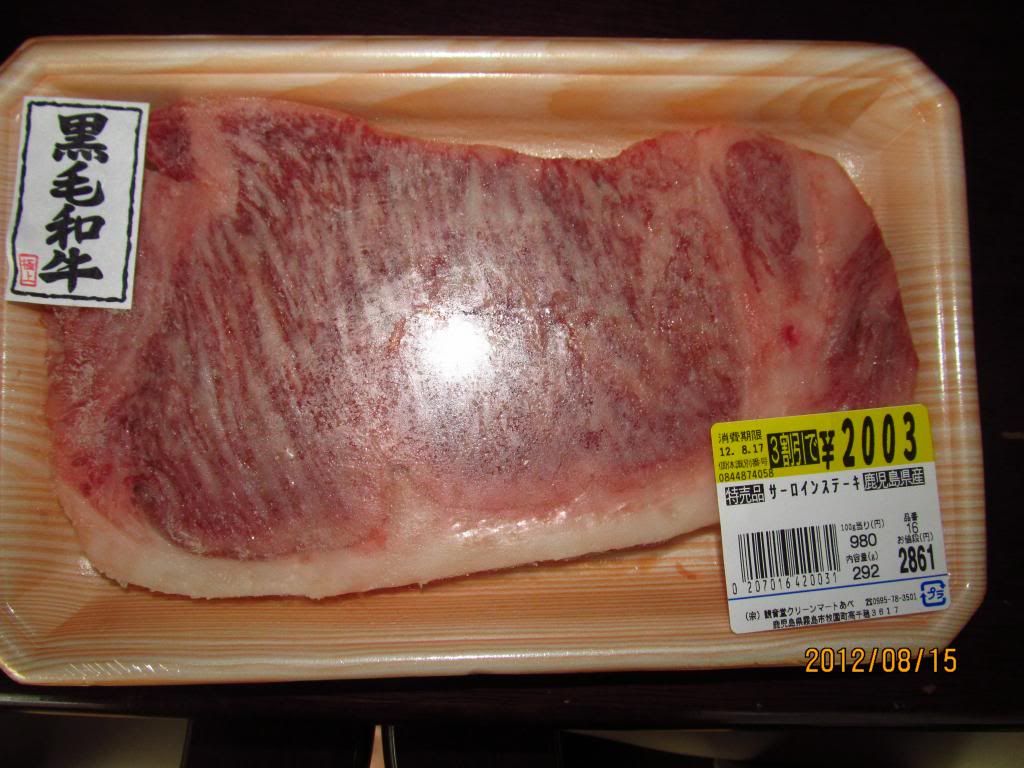
-
Another piece, and the outcome, how to cook it.
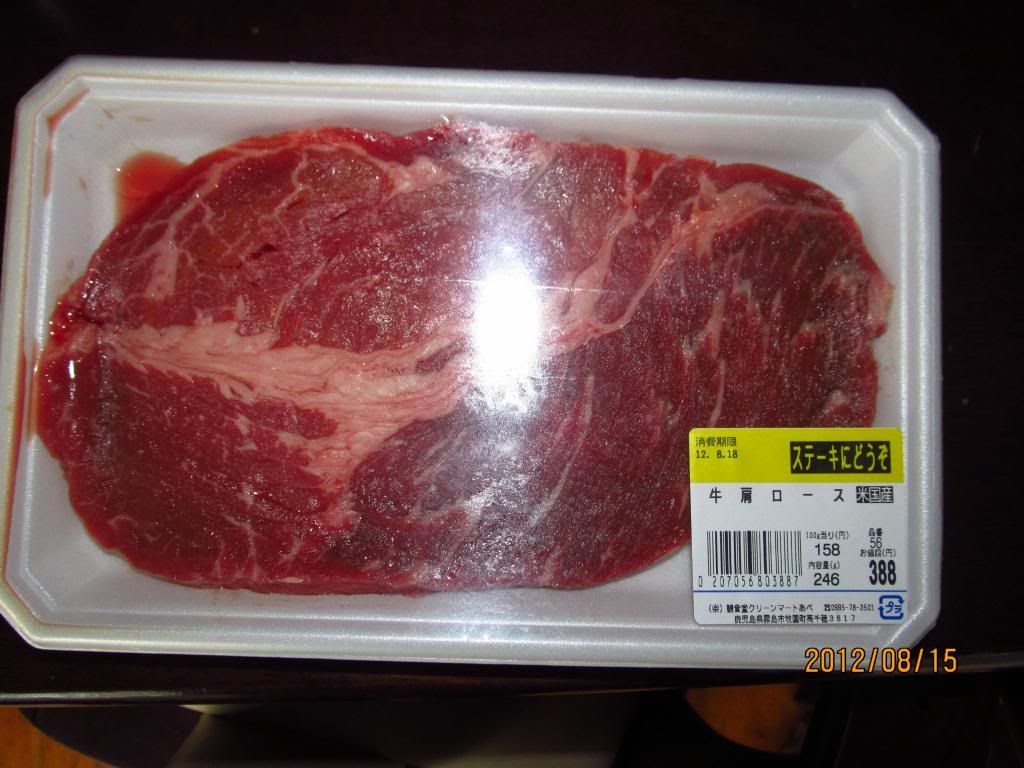
-
And a few more, will upload the pictures later.
Also Black Wagyu, with other kind of cut.
Like this kind of activitites, free and easy than you can do as you like.
With big tour group no way.
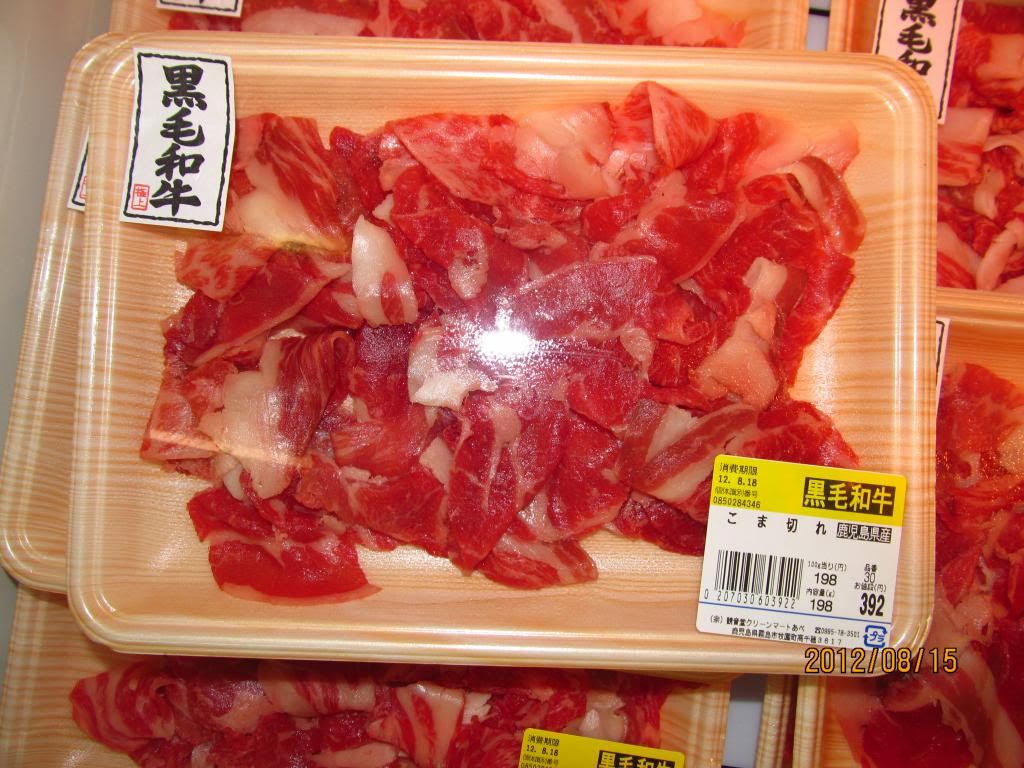
-
All the cooking, all the BBQ all did inside this unit.

-
Than come with this deep fried Garlic on top, wonderful.

-
How to end here, many more to go.
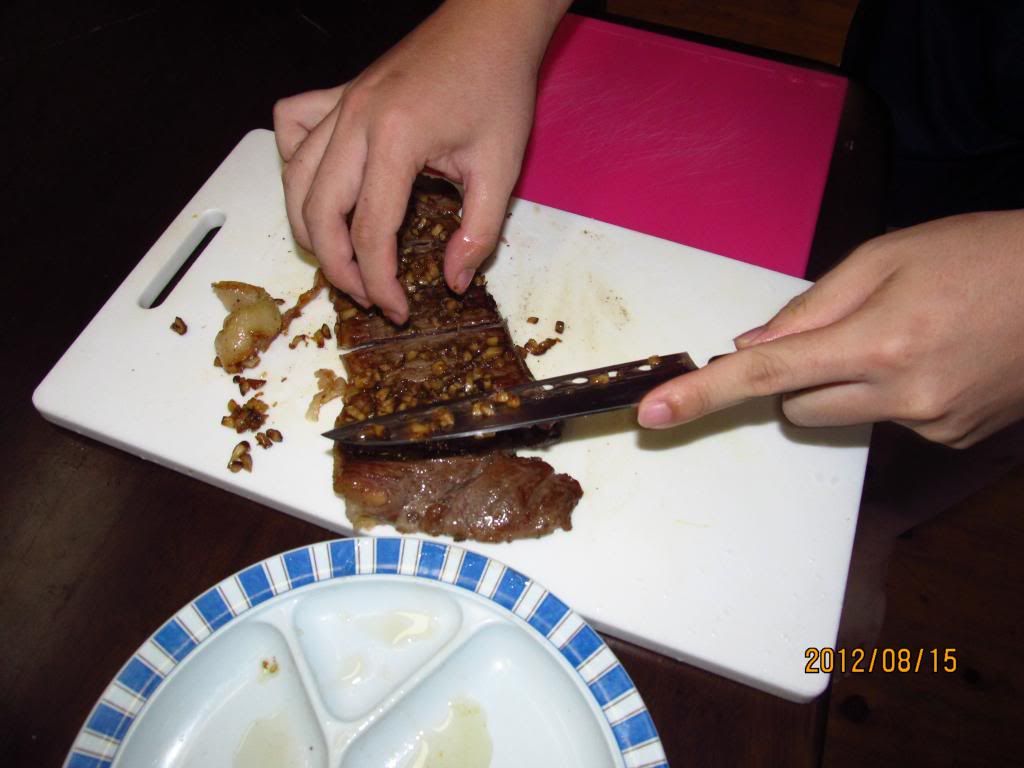
-
So things you must know?
When come to talks about Kobe and Wagyu.
Dun confused. Between Kobe Beef and Wagyu Beef.
Where are the difference.
http://www.lonemountaincattle.com/difference-between-kobe-wagyu.html
Being that Kobe cattle and Wagyu cows are both from japan, most people don't understand the true diffrences between the different breeds. Visit our FAQ pagewhich will clarify some of the inherent differences between Kobe and Wagyu cattle
-

Q = What is the difference between Kobe and Wagyu beef?
A =Wagyu is a breed of Japanese cattle. Kobe is not a breed, but rather the beef produced from Wagyu cattle. More specifically, Kobe (or Tajima) Cattle refer only to Wagyu cattle that are bred, born and raised in the Kobe Prefecture of Japan and regulated by the Japanese government. All authentic Kobe Beef found in markets and restaurants in the US is imported from Japan; true Kobe Beef is not produced in the US.
Wagyu genetics (semen, embryos, live cattle) are strictly regulated by the Japanese government and are no longer allowed to be exported outside Japan.
American restaurants and markets sometimes refer to "American-Style Kobe" or "American Kobe" or "100% Kobe" - these terms refer to beef produced in America from crossbred cattle, usually Wagyu x Angus.
Fullblood Wagyu Cattle or Beef derived from true 100% Japanese Black Wagyu genetics is currently being produced in small numbers in the United States. Such Fullblood Wagyu is DNA-verified to be from the original Japanese genetics. There is no requirement that Fullblood Wagyu be bred, born or raised in Japan - as long as the genetics are DNA-verified.
This is the confusion that often arises: True Kobe/Wagyu Beef vs American-Style Kobe (or American Kobe). True Kobe Beef is 100% Fullblood Wagyu. American-Style Kobe or American Kobe is percentage Wagyu, usually 50% Wagyu and 50% Angus - although the percentage can vary. The percentage is usually not revealed on the restaurant menu.
Q = What makes Wagyu cattle different from any other breed?
A = This Japanese breed has become famous all over the world because Wagyu cattle are synonymous with Kobe Beef, which is Wagyu beef raised in the region of Kobe, Japan. They are a high marbling breed that yield quality cuts of meat that surpass other breeds in tenderness and intramuscular marbling.
Q = What attributes can Wagyu bring to a commercial herd?
A = Cattleman wanting to improve the quality of meat they raise can significantly improve the overall quality grades of their cattle on feed with Wagyu genetics. On the hoof, they are structurally sound, similar in appearance to British breeds, offer calving ease to a herd, docile in temperament and with their superior genetics, can dramatically increase the quality of meat offspring will produce.
Q = Do they look different than other breeds?
A = Wagyu are black cattle that look like Angus, but horned and lighter muscled through their hindquarters. The breed was originally draft animals used in cultivation, so they were selected for physical endurance. This selection favored animals with more intra-muscular fat cells - marbling, which provided a readily available energy source. This has resulted in high marbling carcasses unlike any other breed.
Q = Can Wagyu handle various environments/conditions?
A = Wagyu are very adaptable to various climates and altitudes. At Lone Mountain Ranch, the herd has faced extreme hot and dry conditions in the summer months, and below zero temperatures and heavy snowfall in the winter. The herd handles these temperatures and climates with no problems. Due to their durability, Wagyu are raised in many regions of the United States.
Q = What role does the Wagyu breed have in the beef industry?
A = Wagyu cattle are the undisputed breed leader for marbling, tenderness and carcass quality. Fullblood Wagyu and Wagyu crossed cattle, when fed properly, consistently meet the demands for Prime quality grade beef. They are rapidly becoming the white tablecloth breed in the culinary industry.
Q = Is Wagyu meat good for you? What does it taste like?
A = Wagyu cattle produce bright red meat that is highly marbled and has astonishing flavor and tenderness. The meat also has a higher percentage of monounsaturated fat than any other breed of cattle in the world, and it is extremely low in cholesterol. The marbling and taste of Wagyu is unparalleled in any other breed in the world. -
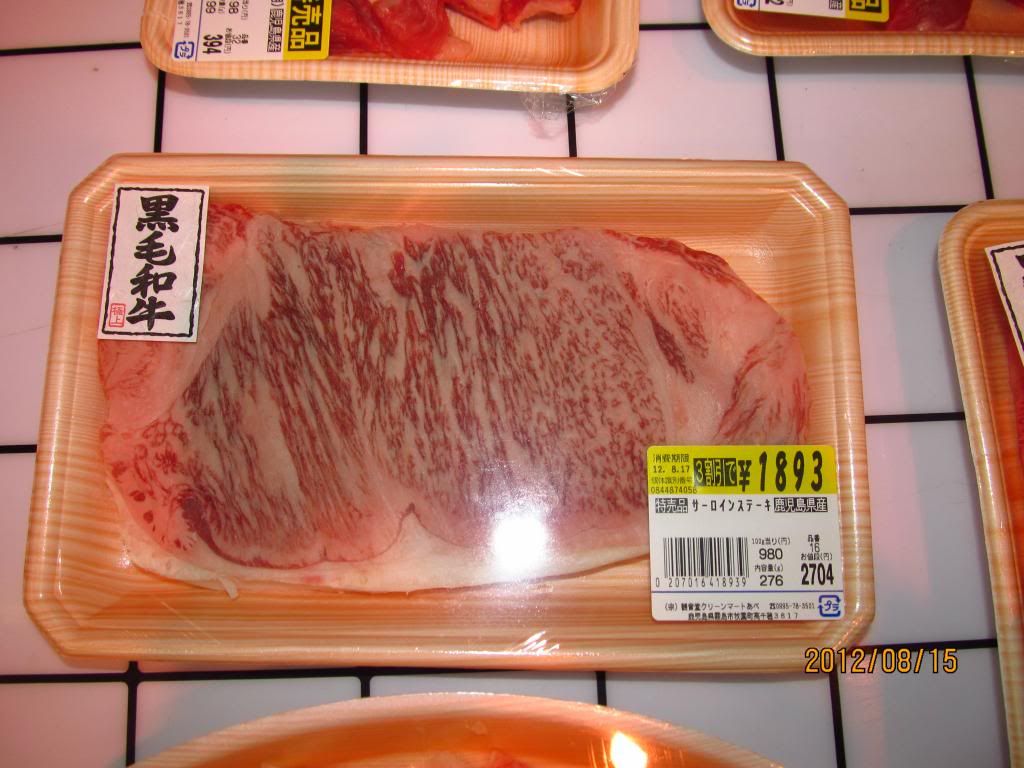 This piece is also Wagyu Beef, not every piece are similar.
This piece is also Wagyu Beef, not every piece are similar.And this are not top grade, from the supermarket.
But at lease, the price are much cheaper that those restaurants.
So use you own judgement, what kind of texture.
So this is that piece we chose for the pan fried.
Below.

-
This is the real story,
During the Night...The Night Shift Taxi Driver.
Late Shift by Edward Khoo
10:29 min / 2012 Busan International Film Festival, South Korea Synopsis: An elderly taxi driver's typically bleak nights ...
- NEW
- HD
-
For the BBQ we brought all each of this from the supermarket,
Wagyu since already here why not....tried all this below
of difference cuts.
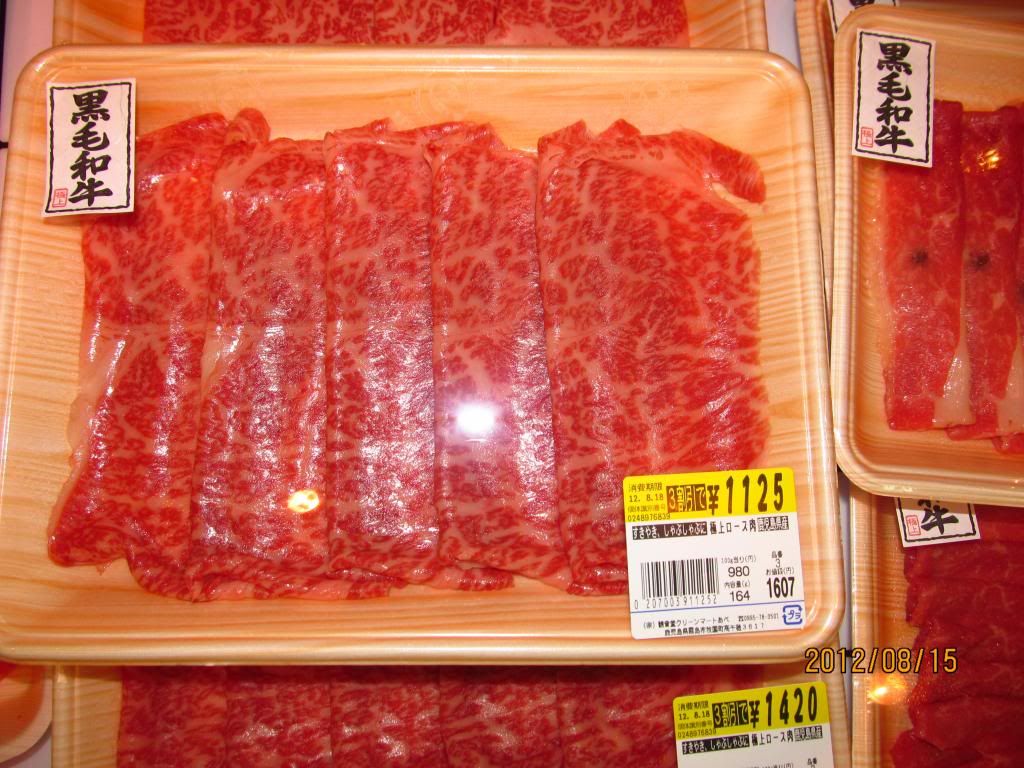
-
this one sesame oil and ginger fried.
ZhongHua style.

-
this one we do for Kebab...or satay style.
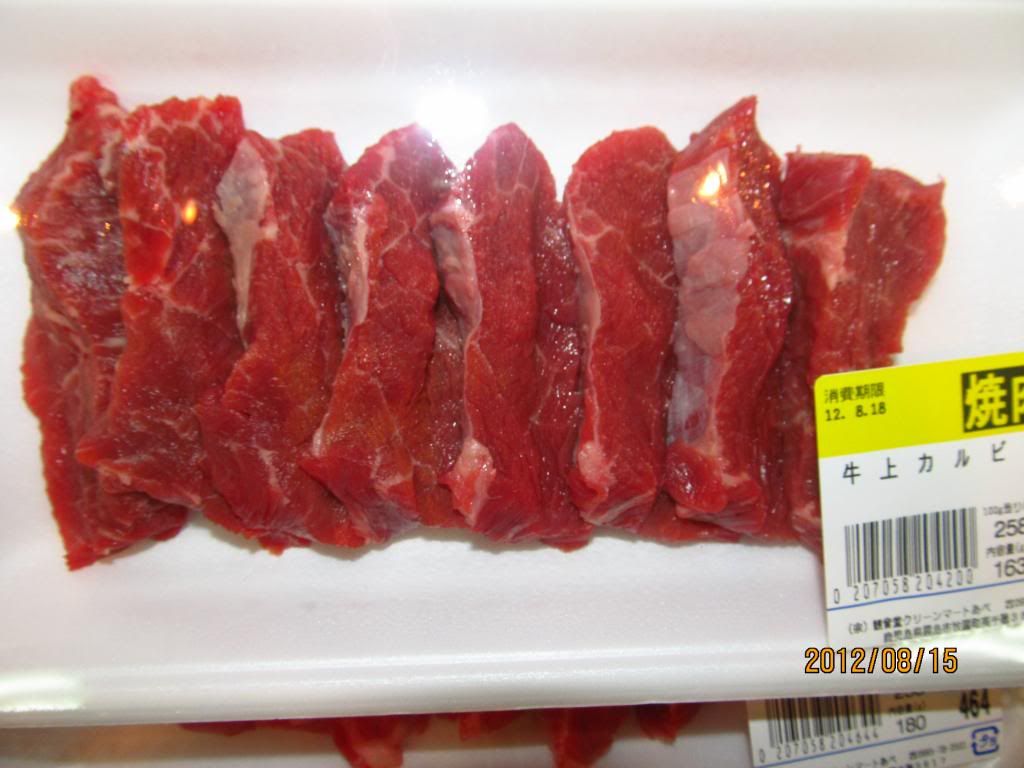
-
this one BBQ.
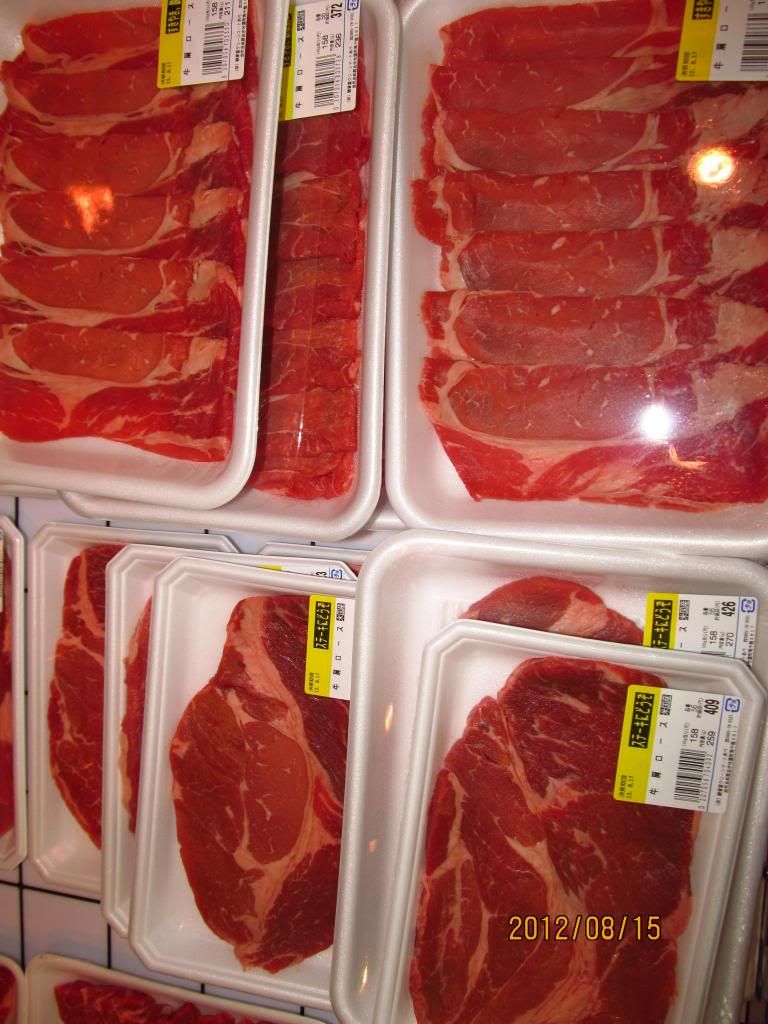
-
this one for sandwich, pan fried morning breakfast and vegetable salad.
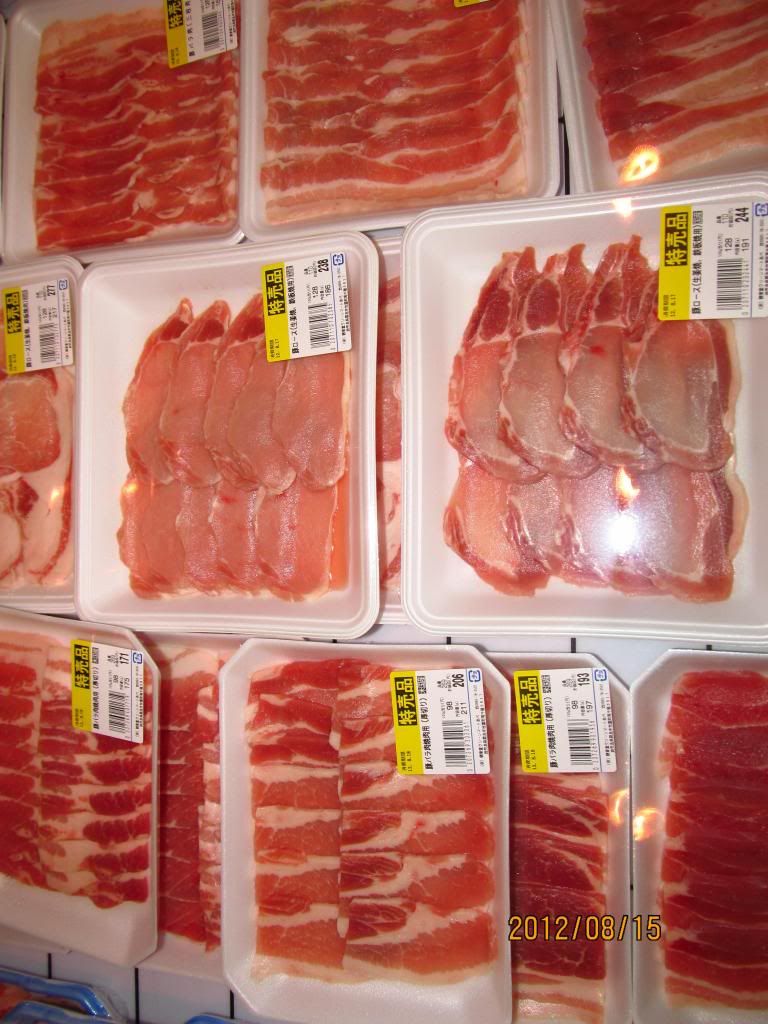
-
We are all meateaters, so we enjoyed here in Japan Krishima Highland.
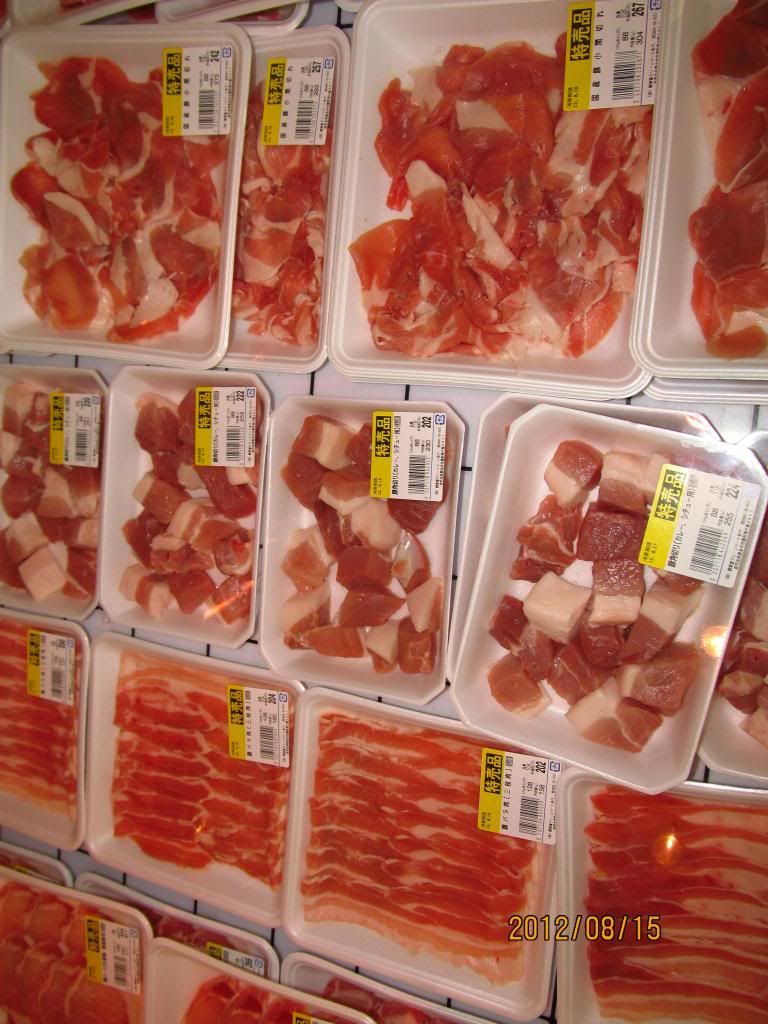


 We recently paid a visit to the farm of Kagoshima Kuro-Ushi (or black cows), one of the top brands in Japan out of all those based on pedigree or location.
We recently paid a visit to the farm of Kagoshima Kuro-Ushi (or black cows), one of the top brands in Japan out of all those based on pedigree or location. 